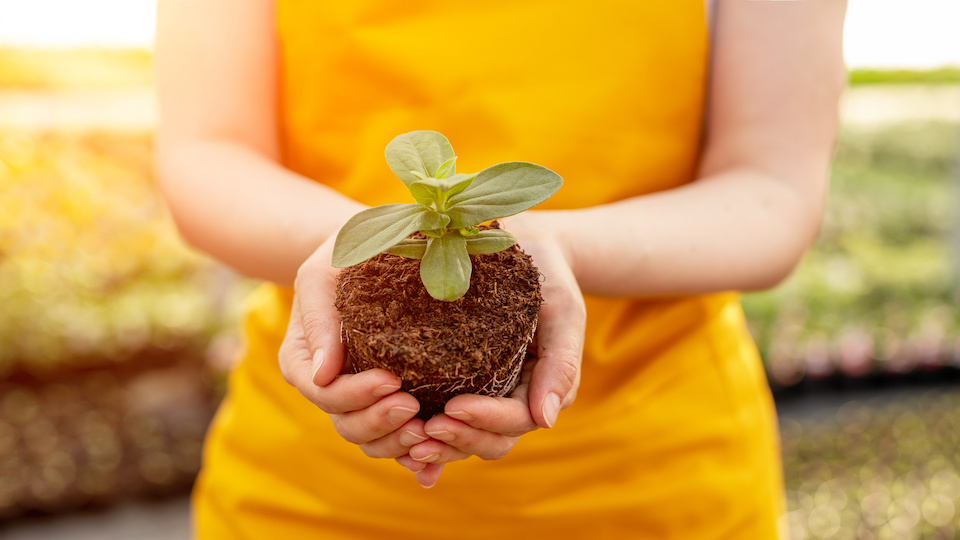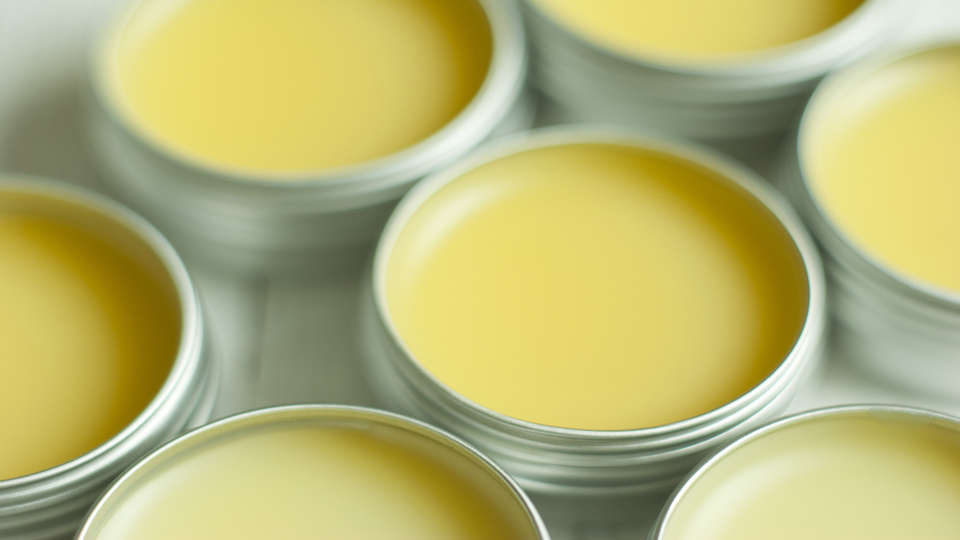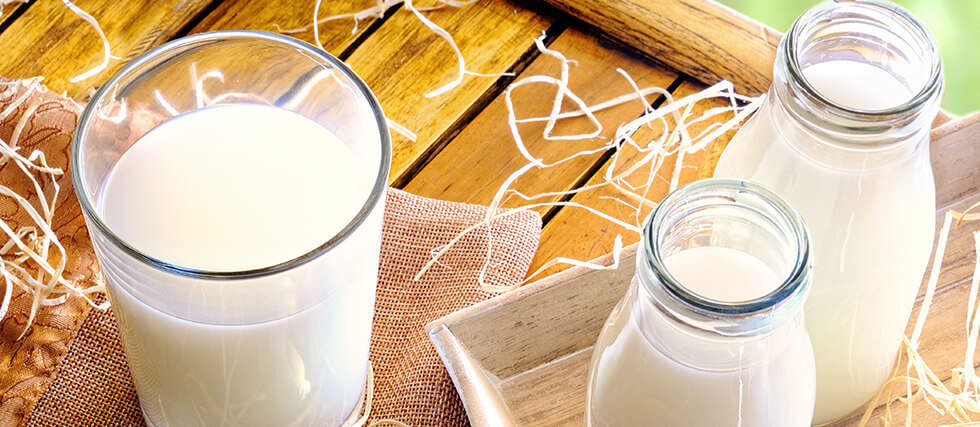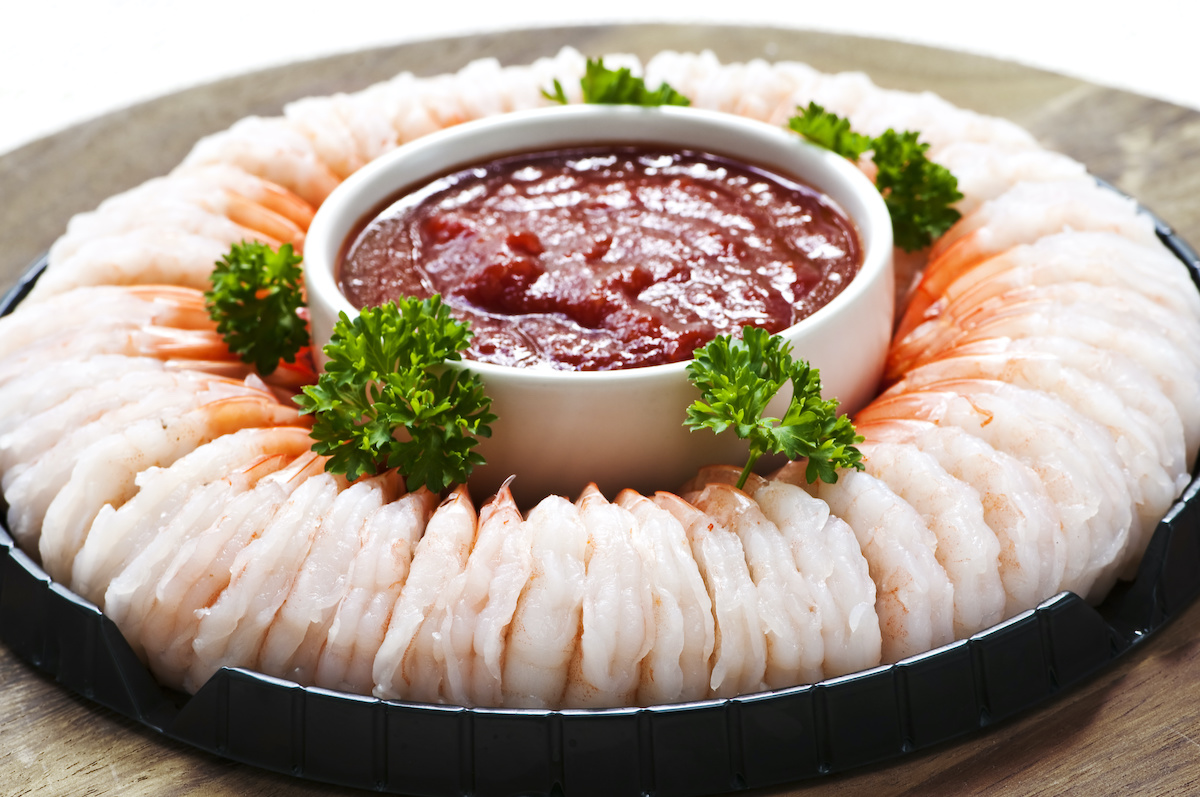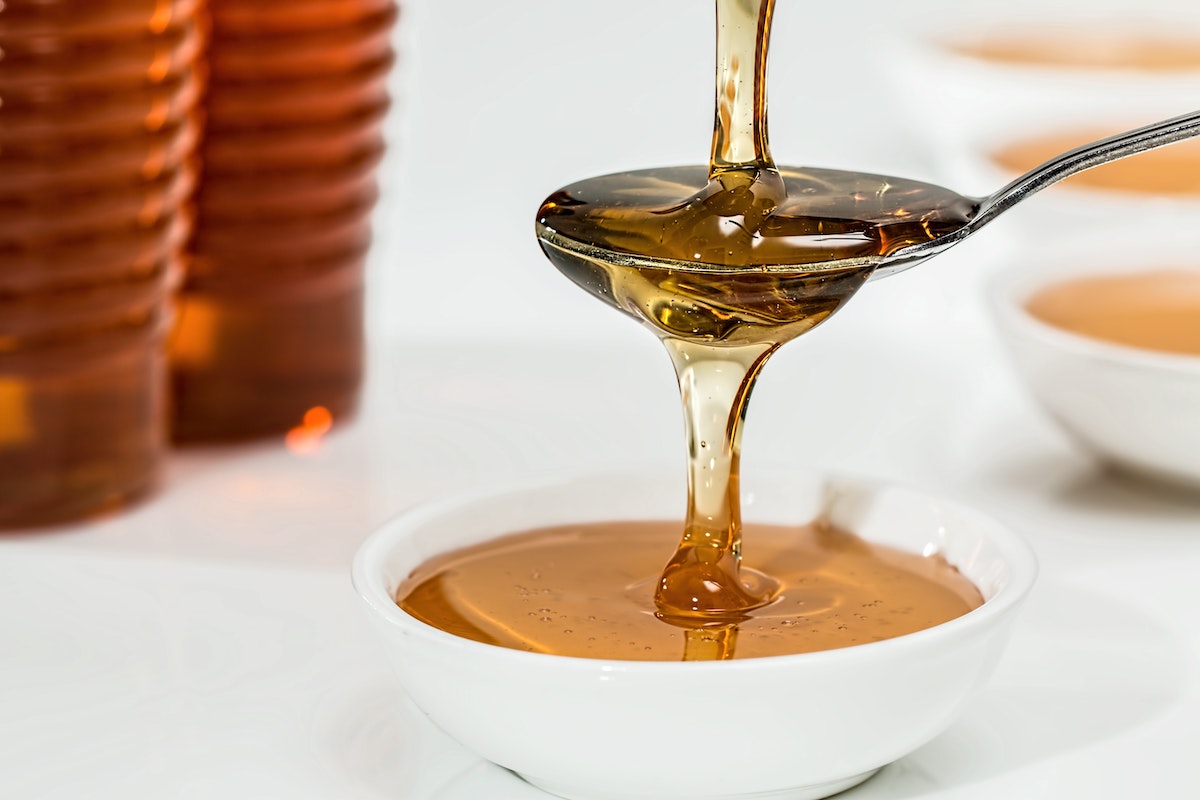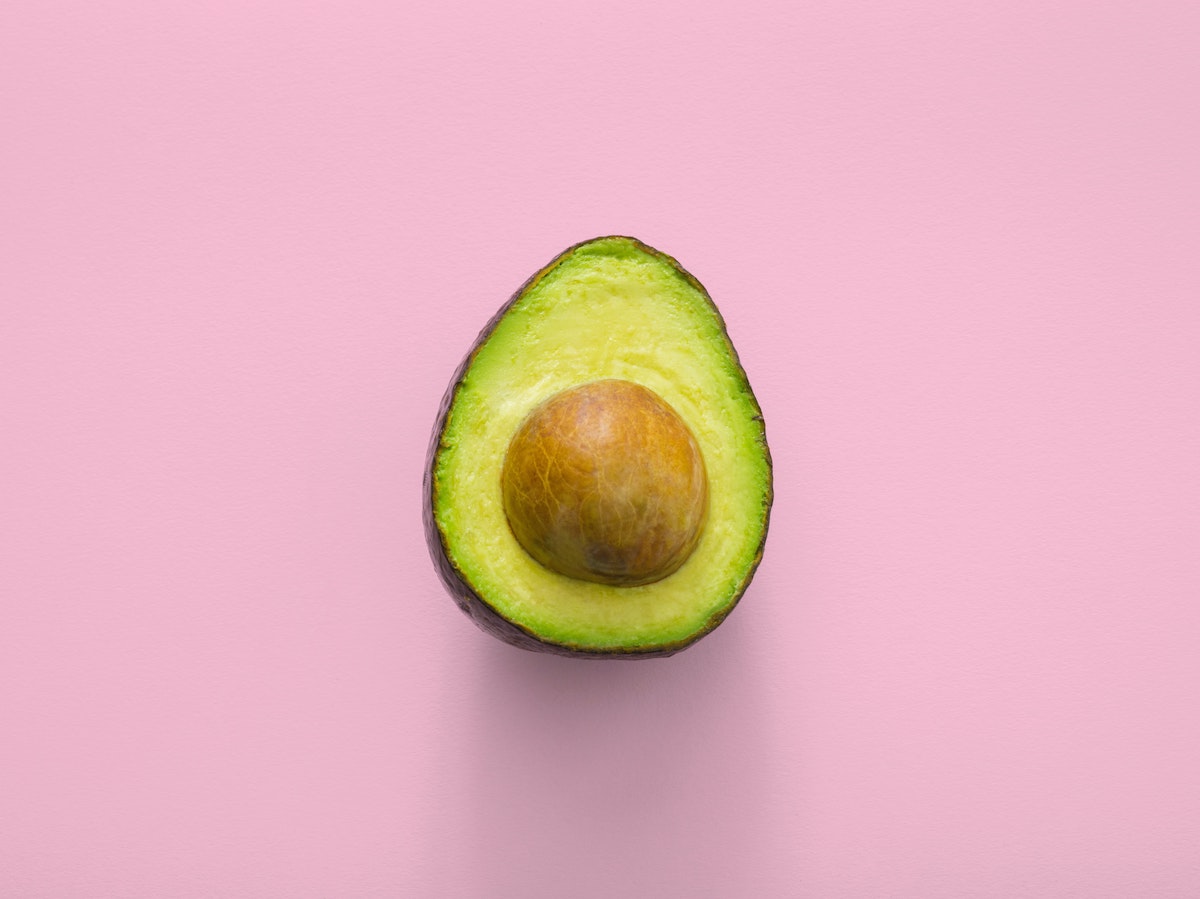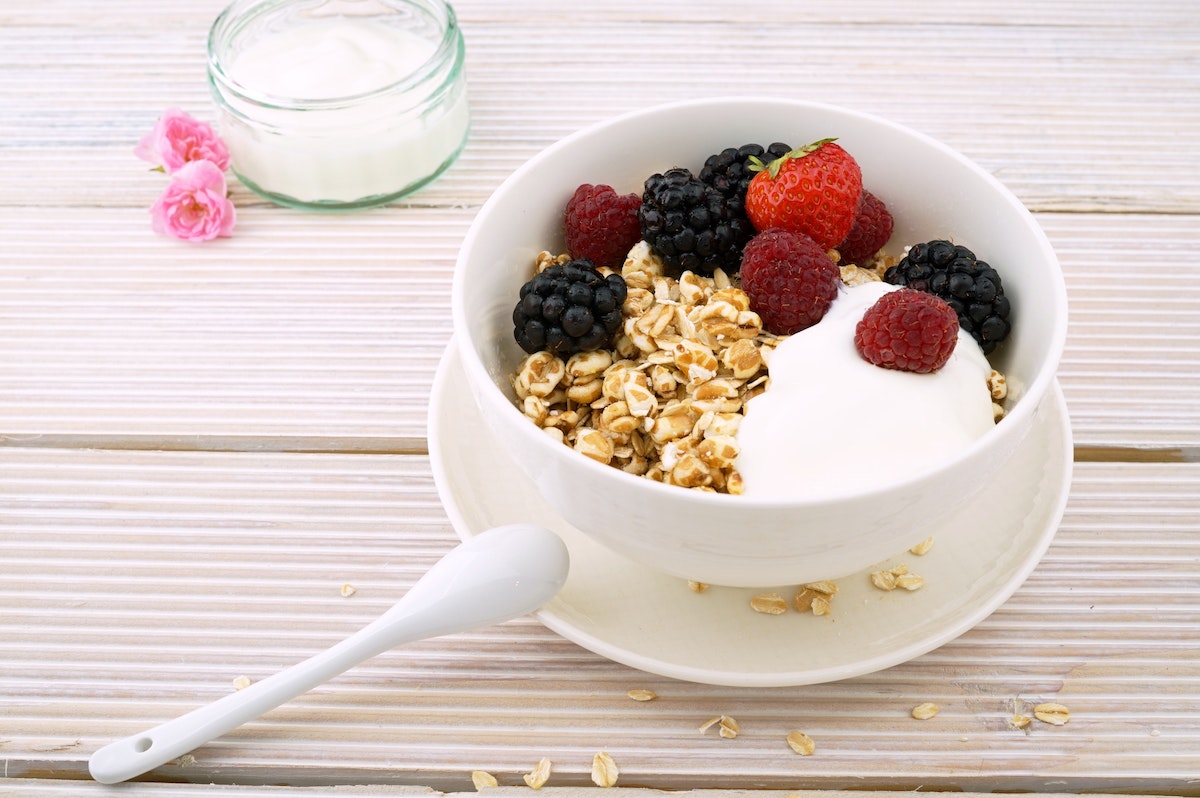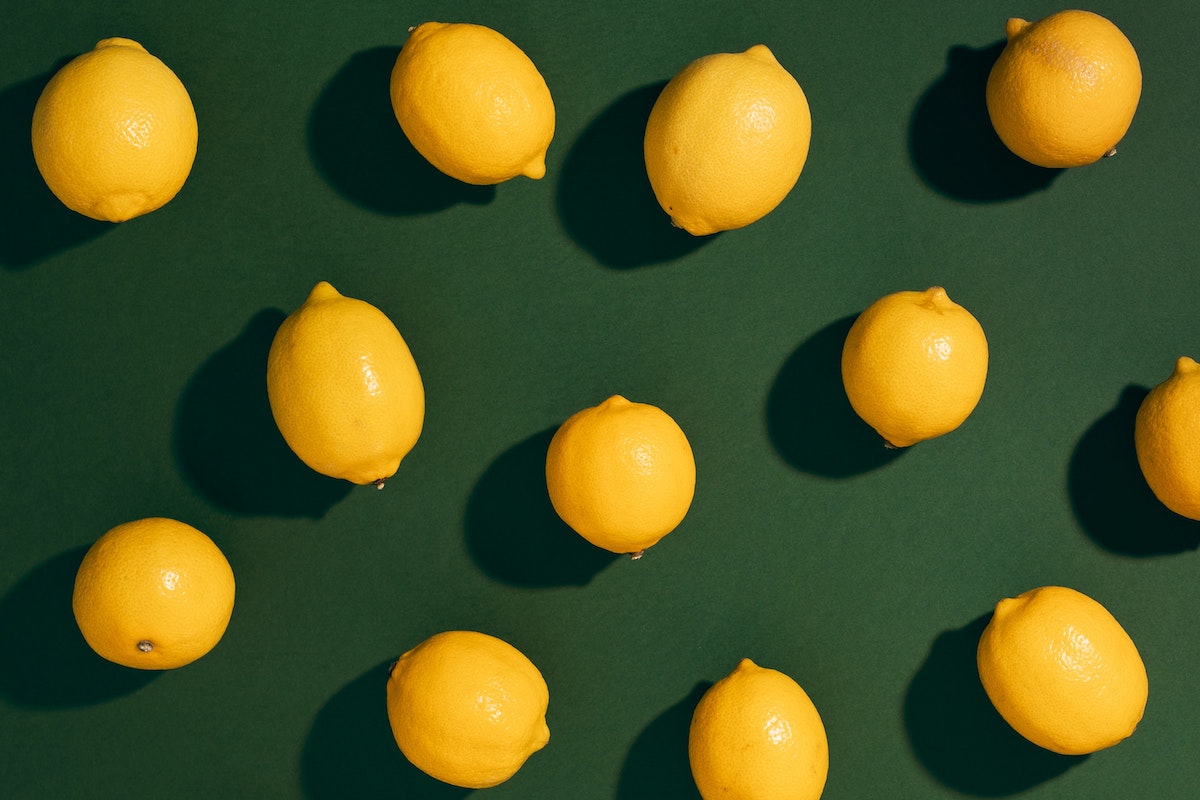3 Reasons to Stop Using Peat and What to Use Instead
Peat is a fibrous material made up of partially decomposed plant materials and natural forms in the earth in locations that fulfil particular requirements. For instance, the climate has to be mild (not rising above a certain temperature), stagnant water must be present, and it will only form in anaerobic conditions, which essentially just means the the absence of oxygen. Peat is most commonly found in Russia and Canada.


